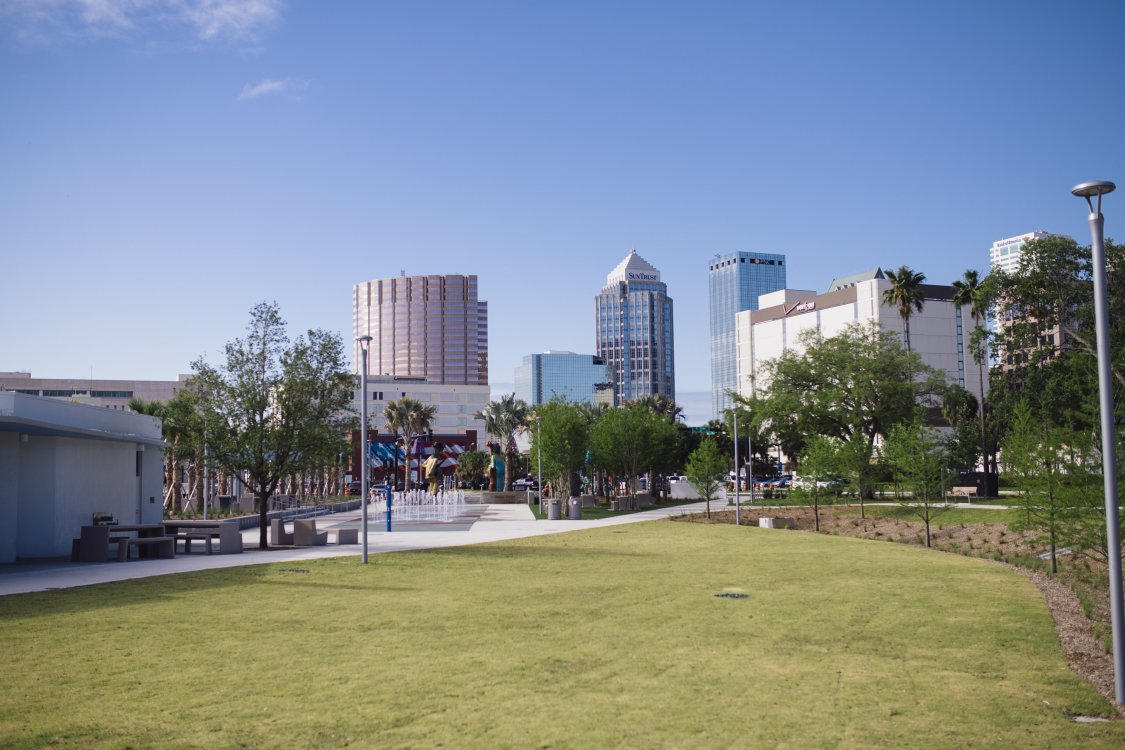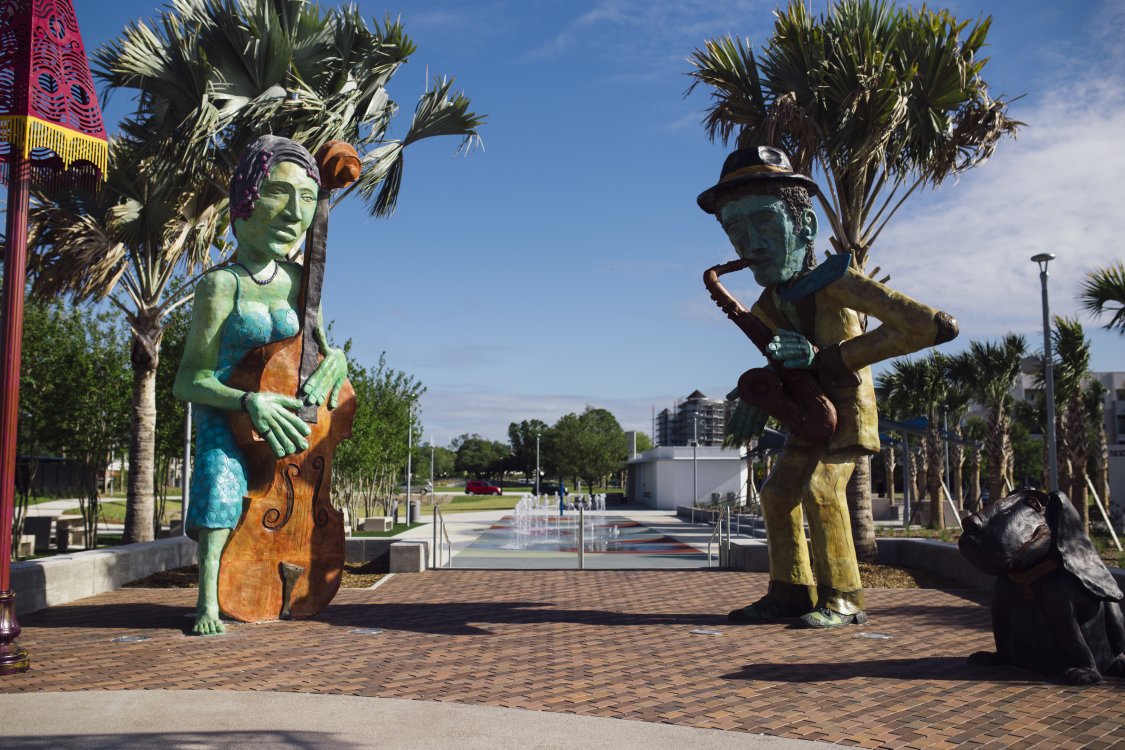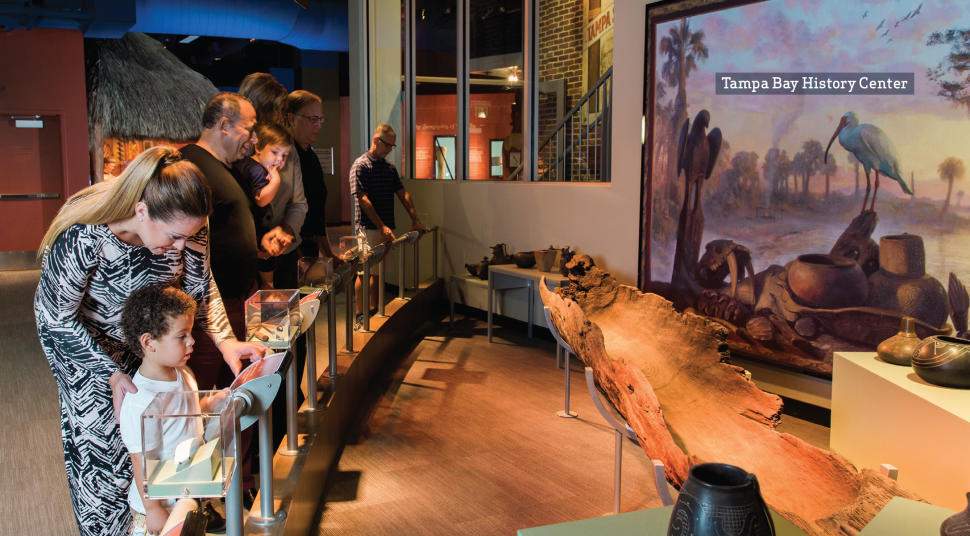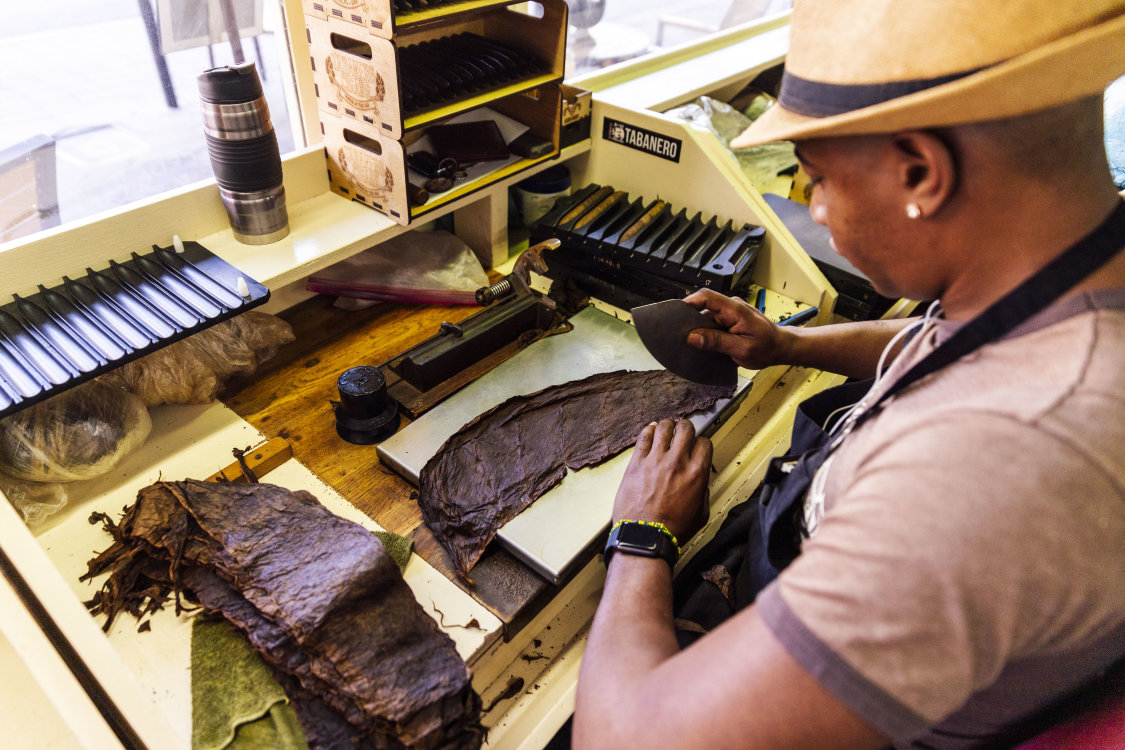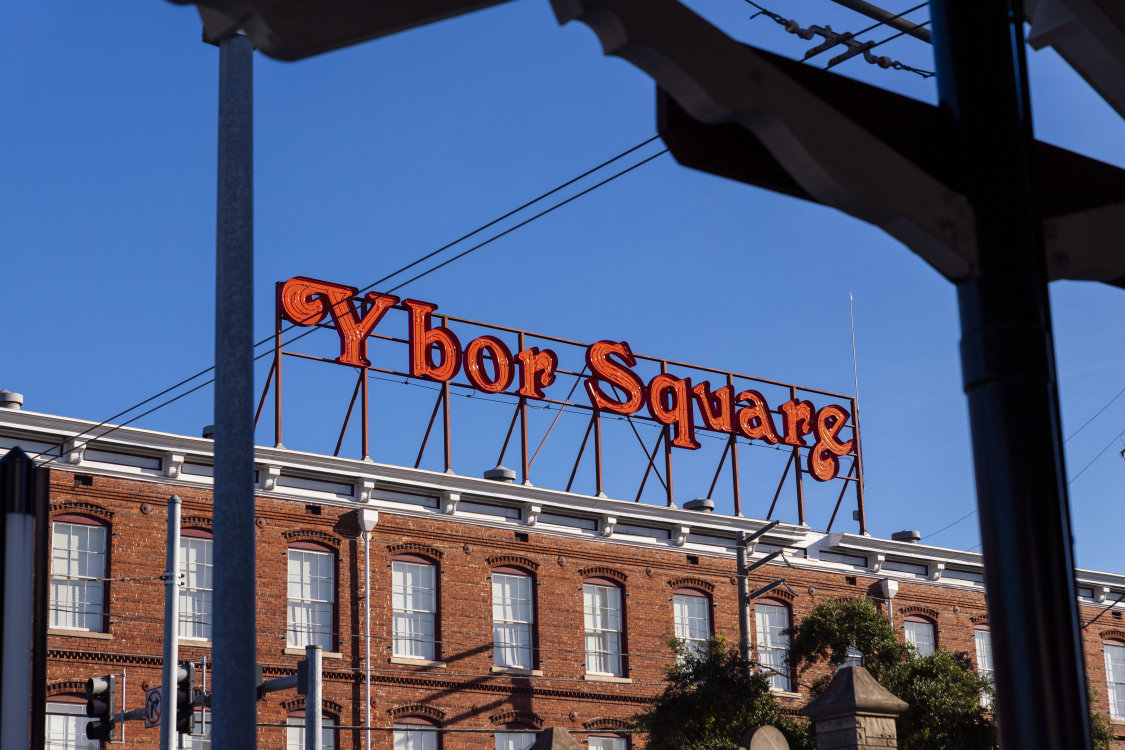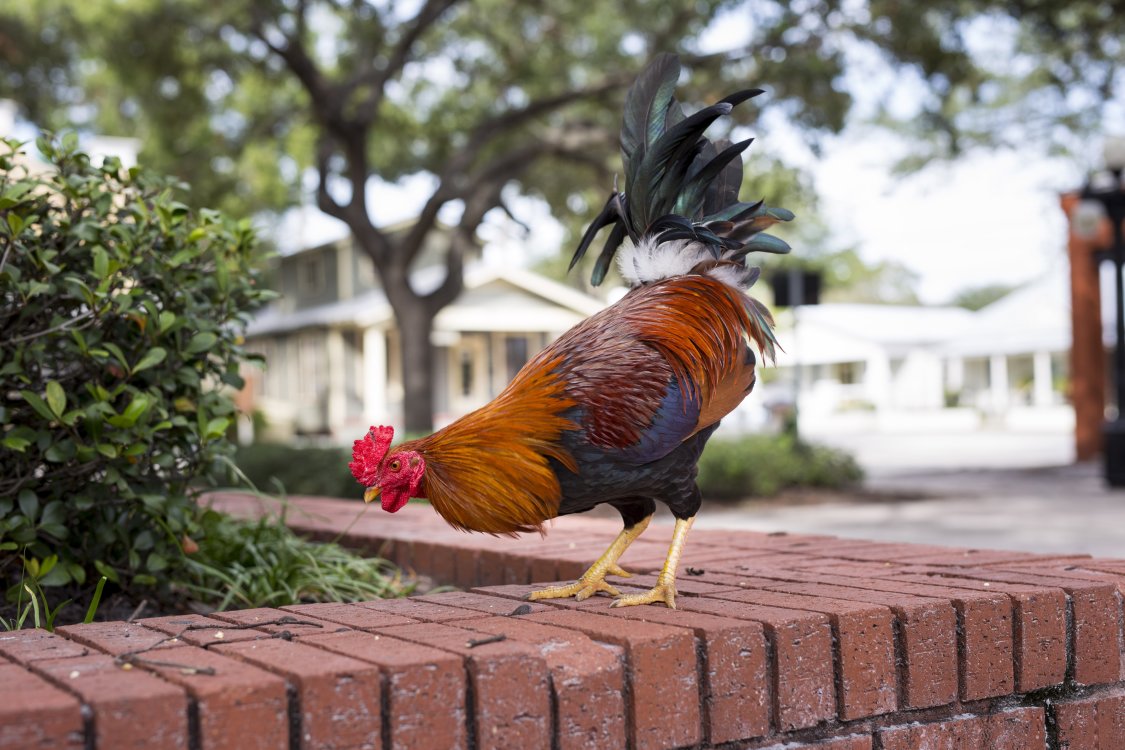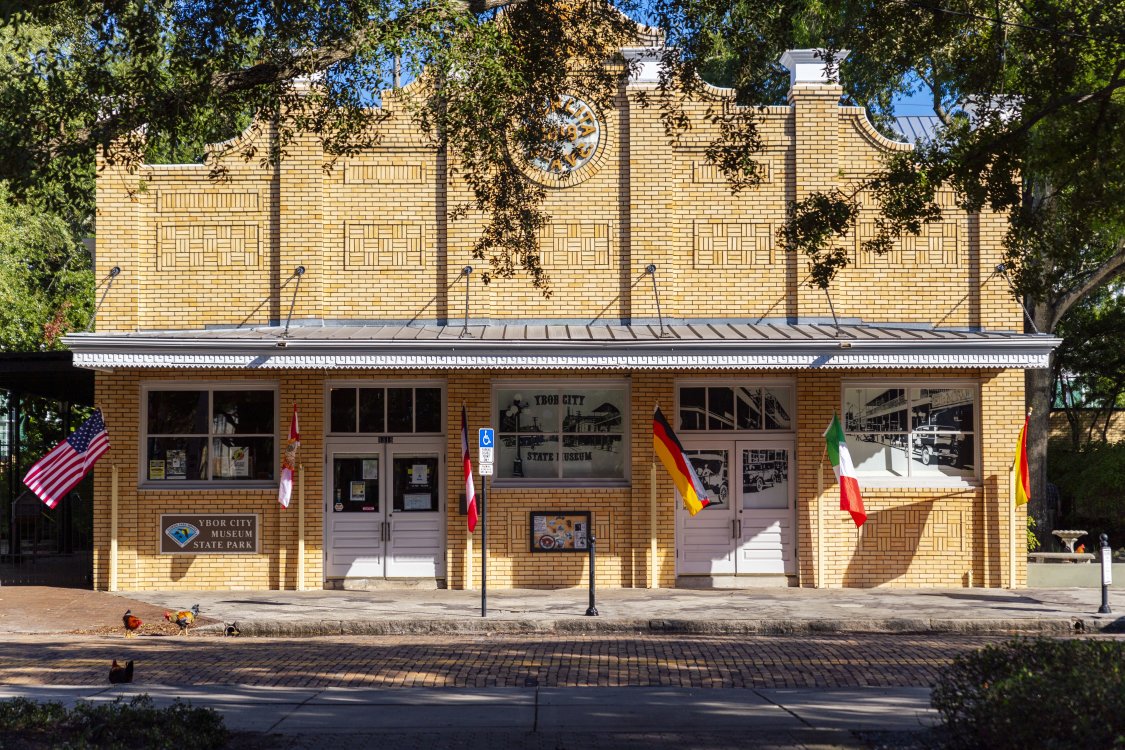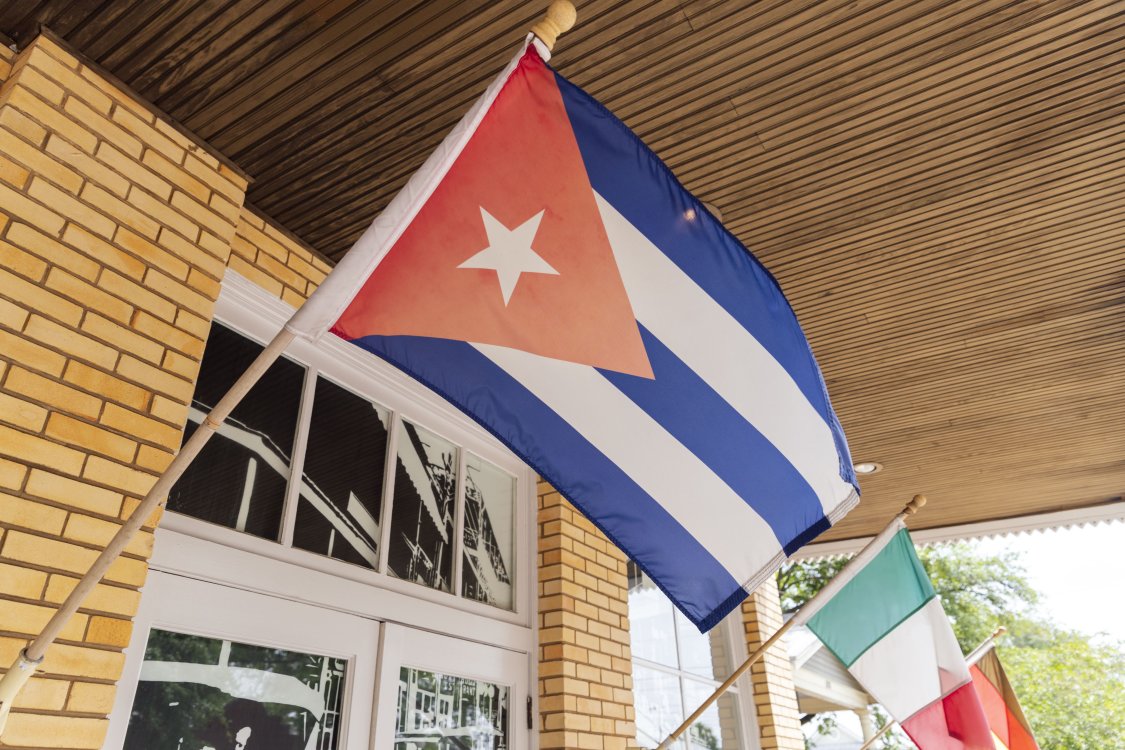And while the cigar industry in Ybor operates on a smaller scale today, you can still find several spots with authentic tastes, including award-winning Tabanero Cigars, where Cuban-style cigars are expertly rolled by hand.
Another must-stop for faithful Hispanic flavor: the fourth generation-owned Naviera Coffee Mills, which produces 14 unique blends and serves fresh cups (and freshly roasted beans and ground bags) from its aromatic El Molino Gourmet Coffee Shop. If you’re hungry, Ybor’s vast Hispanic food options will surely solve that. There’s the family-friendly El Puerto (Argentinian, El Salvadorian, Mexican), bread-and-pastry-centric La Segunda Central Bakery (Cuban) and, of course, for fine Spanish/Cuban dining, renown mainstay Columbia Restaurant. The district honors its Hispanic heritage in a big way with the seven-decades-old Fiesta Day, a blow-out that closes 7th Avenue to traffic and opens it up to strolling locals who enjoy a day of Latin music, arts and crafts, family-friendly fun and a vast array of food with a highlight in the creamy dessert competition, Flan Fest.
ASIAN AMERICAN IMPACT



